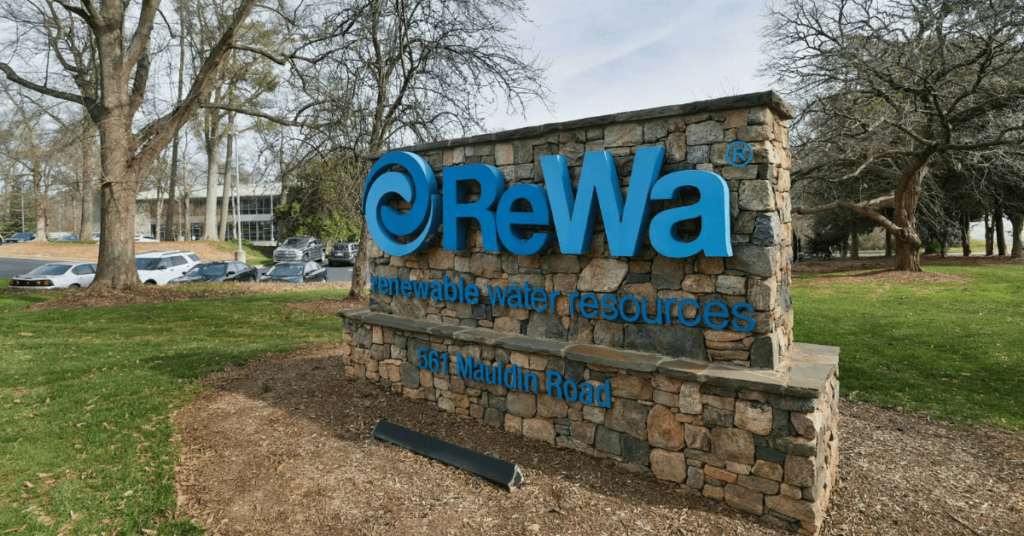Arup needed a way to maintain accurate data to reduce human error, increase collaboration, and improve project management
The Eglinton Crosstown West Extension (ECWE) will extend the Eglinton Crosstown light rail transit by 9.2 kilometers, creating a continuous rapid transit line from the east end of Toronto through the heart of the city and into Mississauga, with a planned future extension to Pearson International Airport. The extension will bring 50,000 more people and 31,000 more jobs within walking distance to transit, while reducing greenhouse gas emissions by 39,000 tonnes a year.
Arup provides engineering design and technical advisory services for ECWE, supporting procurement, coordination, and construction. The project’s complex multi-disciplinary design relies on collaboration, digital tools, and up-to-date data.
Arup had an internal system in place, called Arup Fuse, that allowed users to access, manipulate, and upload data to a web application that functions as the single source of information related to the project. Arup Fuse works best when the data provided is up-to-date. The problem was that data had been manually uploaded, meaning information on the platform was frequently out-of-date and conversion errors were common.
Most of the data are CAD files, which needed to be converted to GIS feature classes before uploading to Arup Fuse. The manual conversion process often resulted in files that did not follow project data standards. Design changes were also frequent in the project, which meant that data rapidly became out-of-date. Managing the multiple data inputs and data types quickly became overwhelming. Although the system was meant to provide a ‘single source of information,’ many users were not viewing the correct and most up-to-date project information. This resulted in wasted time and resources, which could impact the delivery of the project.
Arup set out to find a way to automate these ETL processes so that they could reduce human error, increase collaboration, and improve project management. Despite the frequent design changes and data conversion required, they needed to find a way to maintain accurate data.
How they made it possible – using the #1 tool for spatial data integration
Arup used FME to create a process that would automatically update Arup Fuse. Every eight hours, FME scans project files across all disciplines and downloads any updated CAD files. These new CAD files are automatically converted to GIS feature classes and uploaded onto Arup Fuse. An automatic data QA is also performed. If any CAD files do not follow project data standards, the data upload stops, and an email notification is sent to the GIS analyst, informing them about the issue. This keeps incorrect data from populating Arup Fuse so that users are constantly viewing accurate and up-to-date information.
These FME workflows have been successfully running for a year and have produced accurate data and significant savings. If Arup could not automate the process, they would have depended on a full-time employee to maintain data quality, roughly costing $60,000 a year. Instead, the automated process takes about one hour to convert all CAD files to GIS and upload them onto Arup Fuse. Human error is eliminated, data standards are upheld, and project quality has increased as up-to-date information is always available to those who need it.
Arup plans to reuse these workflows for future projects and would like to move to host FME in the cloud to further improve delivery speed.




